When you’re visiting a foreign place, knowing a few expressions in the local language can come in handy for smoother communication. But for collectivistic cultures like Japan or South Korea, it’s just as important to pay attention to body language and social cues. Certain hand gestures, for example, might come across as rude and offensive in these Asian countries.
More than the words you say, your actions can go a long way in establishing goodwill with the locals. If you’re hoping to strike a good impression, here are a few common gestures and etiquette tips to keep in mind whilst you travel across Asia.
1. Slurping your noodles in Japan
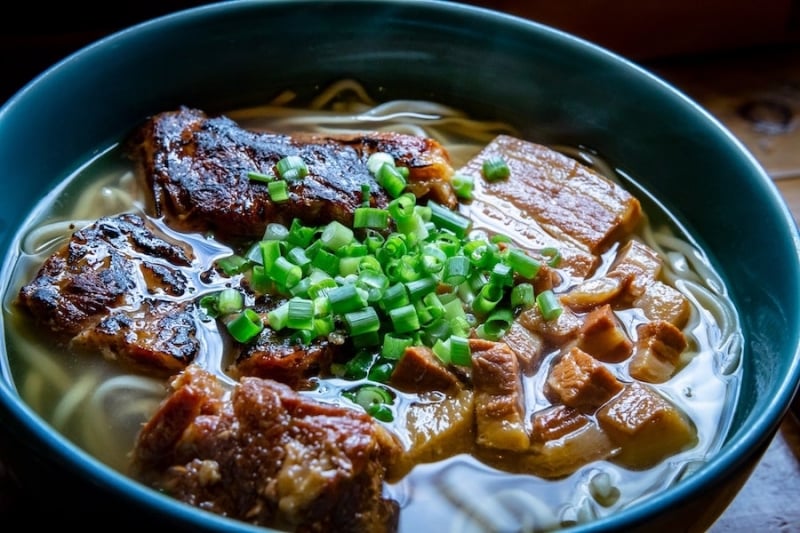
Image credit: 8-Low Ural
While eating noisily is regarded as bad manners in Western countries, you’re going to get odd stares if you don’t slurp your bowl of noodles in Japan. On the contrary, enthusiastically slurping away at your ramen is the best way to show your appreciation for the food.
There’s a tactical advantage to this noodle-eating technique, too. For one, slurping is a great way to cool down the hot soup before it scalds your tongue. More importantly, it sends your compliments to the chef for the delicious meal that you’re busy savouring. Just don’t chew with your mouth open!
Also read: 15 Japanese Customs You Should Know While Visiting Japan
2. Bowing with your palms at chest level in Thailand
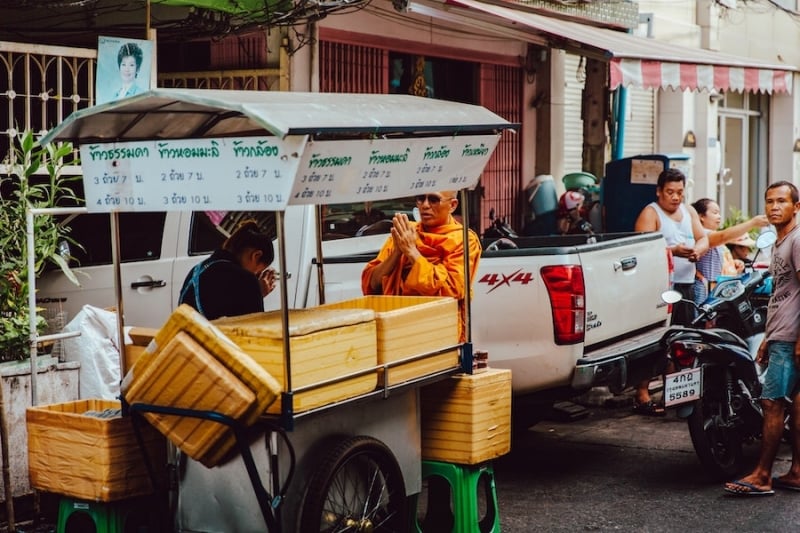
Image credit: Evan Krause
In many Southeast Asian cultures, bowing is a common gesture for greeting others. In Thailand, you will often encounter a friendly and welcoming motion known as the “wai.” This is performed by raising your palms together at chest level, as if in a prayer position, then bowing your head slightly; the lower the bow, the more respect you convey to the other person.
When you arrive at your hotel in Thailand, wait for the staff to greet you with a “wai” first, before reciprocating the gesture as a way of saying thanks. Certainly, the locals will appreciate your efforts in learning a bit of their culture!
3. Using both hands to receive a gift in South Korea
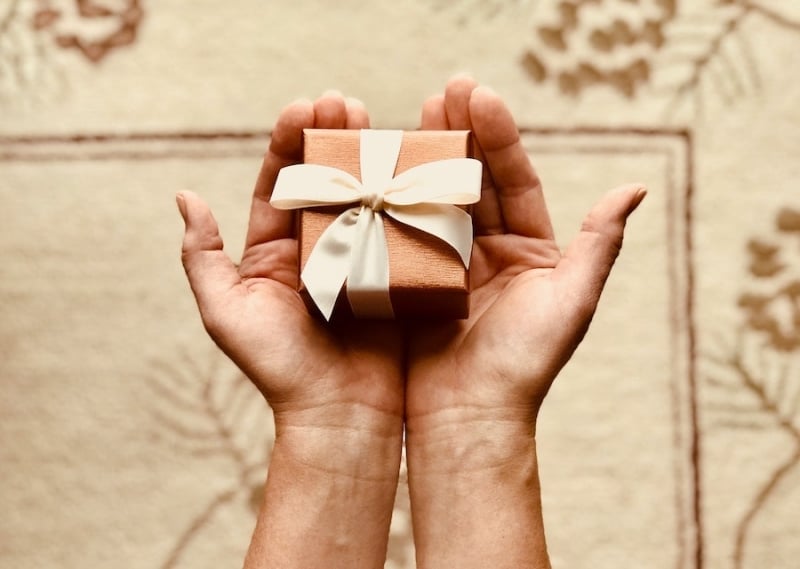
When it comes to meaningful gestures, many Asian countries encourage gift-giving as a way of showing kindness and generosity towards loved ones. If you’ve ever seen characters trade gifts in K-dramas, then you know that this is a popular custom in South Korea, too.
However, the manner in which you give or accept a gift sends a revealing message. Whether you are exchanging business cards or holiday presents in South Korea, you should use both of your hands while you are offering or receiving a gift from someone.
Also read: All the Dos and Don’ts in South Korea That Locals Wish You Knew!
4. Greeting people with the salam gesture in Malaysia
In Malaysia, the “salam” gesture is the traditional way of expressing a warm welcome. After shaking hands with another person, a Malaysian will bring a hand to their chest and bow slightly for respect, essentially saying, “I greet you from my heart.” Likewise, you should return the “salam” to extend the same courtesy. Among the younger generations of Malaysians, a wave and a nod can also suffice.
5. Leaving some food on your plate in China
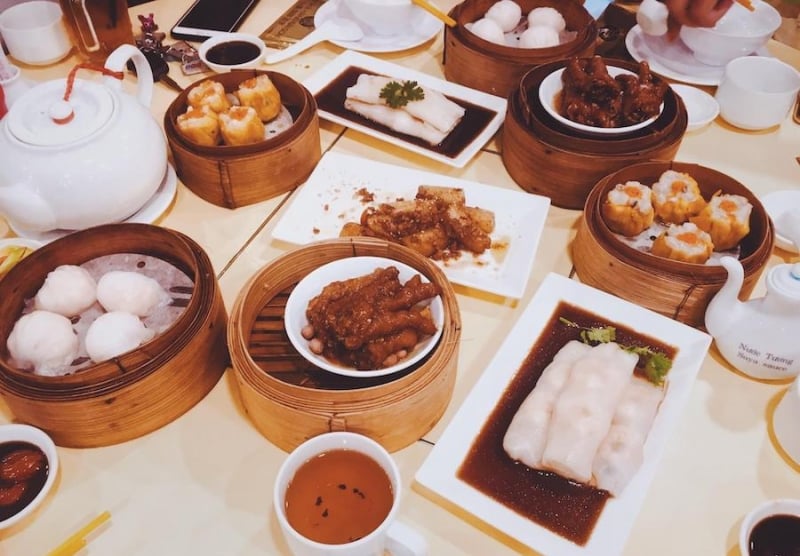
Image credit: Van Thanh
If you’re a guest at someone’s home in China, it’s normal to leave a bit of food on your plate. It counts as proper table manners, in fact. On the other hand, leaving your plate empty tells your host that you’re still hungry, implicitly suggesting that the food wasn’t satisfying enough for you. That’s why it’s very crucial to research about Chinese social etiquette well in advance, so as to avoid embarrassing your host at the dinner table.
6. Honouring elders with salim in Indonesia
As in many Southeast Asian cultures, there are several gestures in Indonesia that place emphasis on a person’s age, especially as a factor in determining hierarchy. One of them is the “salim.” Elderly folk, such as parents and grandparents, should be greeted and honoured in this manner: Gently take their hand, and then lightly press the back of their palm to your forehead or the tip of your nose.
7. “Pagmamano” and saying “po” and “opo” in the Philippines
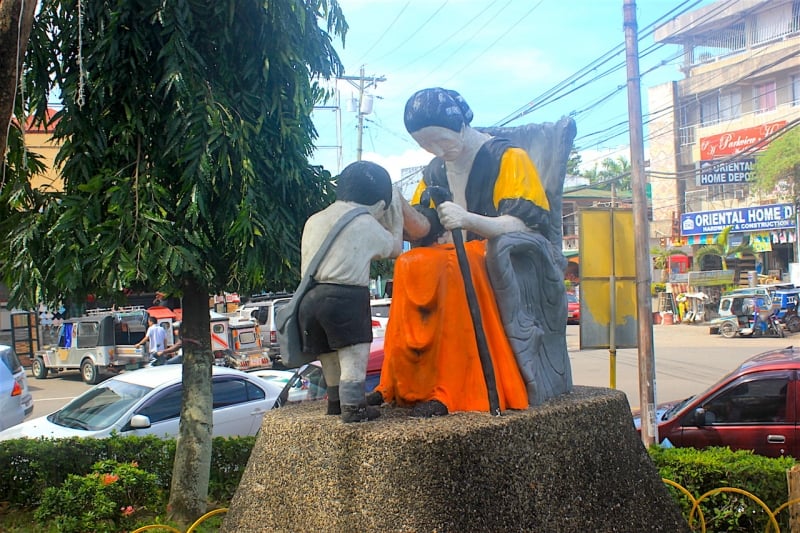
Image credit: Dnacario
In the Philippines, where family ties play a huge role in influencing societal values, the Filipino equivalent of Indonesia’s “salim” is “pagmamano,” which is also used to pay respect to elder relatives. This gesture is typically offered after entering someone’s home or coming from the church. In turn, the elderly accepts the request of “mano po” (“Your hand, please,” or “Can I have your blessing?”) and extends their blessings, wisdom, and even forgiveness to the younger generation.
Here’s another tip: Addressing your elders with the word “opo” is a reverential way of saying “yes,” whereas adding “po” to the end of your sentences can make a statement or a request sound more courteous.
Of course, you don’t always have to speak so considerately around your friends and other people your age. But as mentioned in this round-up of must-know Filipino phrases, it doesn’t hurt to extend the thoughtful and polite affirmation of “po” and “opo” towards those who might be significantly older than you, even if they might be strangers.
Also read: 17 Things Foreigners Shouldn’t Do in the Philippines!

While any blunder that you make as a tourist will probably be overlooked as an honest mistake, it helps to know the meaning behind these gestures and their cultural relevance in Asian countries. Good manners will not only bring a smile to the locals’ faces, but it will also enhance your stay overall.
Here are a few instinctive rules to go by, regardless of the country you land in: Remove your shoes before entering someone’s home, never lose your temper in public, and always greet people with a smile!
Featured image credit: Fabien LE JEUNE | Flickr.




